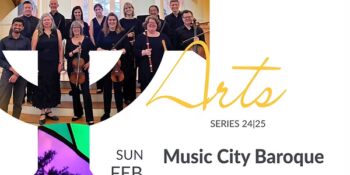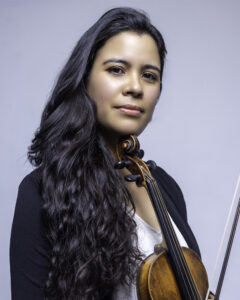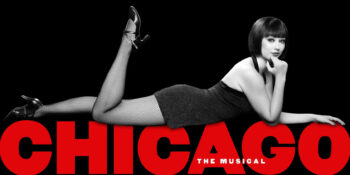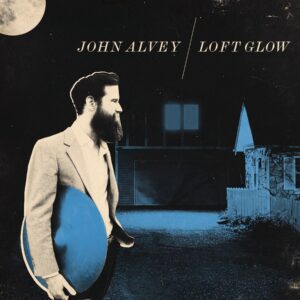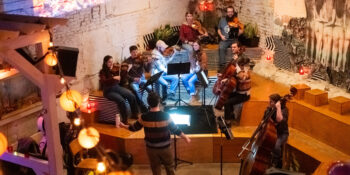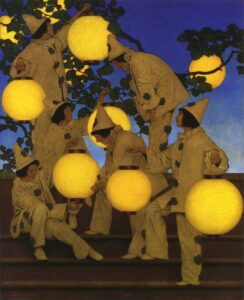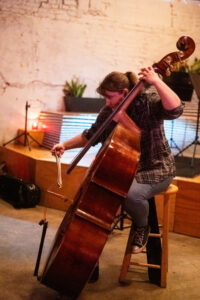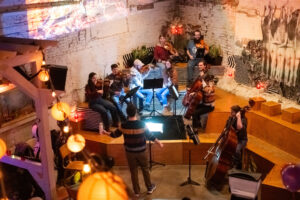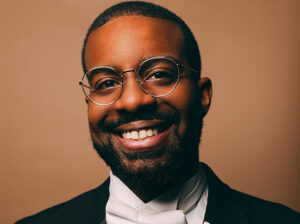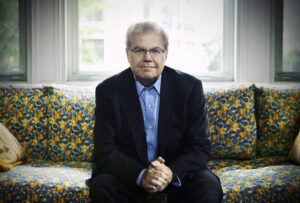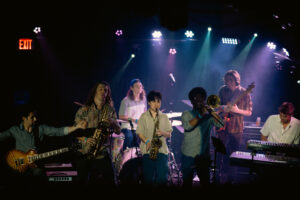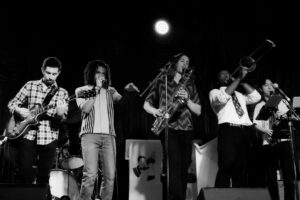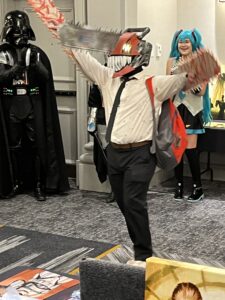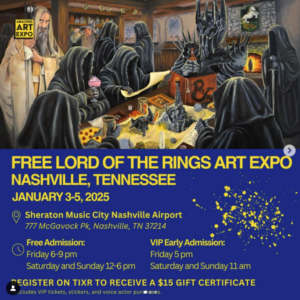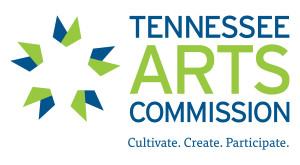Peter Pan: Neverland in Nashville
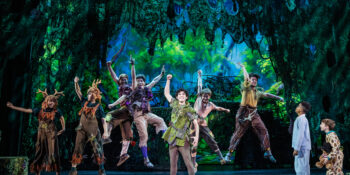
Peter Pan has a more varied origin story than I had imagined. The Scottish author J. M. Barrie told stories of a flying baby to family friends with five boys (for whom he became a co-guardian after the deaths of their parents). This character then appeared in several chapters in his episodic 1902 novel The Little White Bird, this Peter Pan being an infant who flies with fairies in Kensington Gardens. Two years later he wrote the stage play Peter Pan: Or, the Boy Who Wouldn’t Grow Up. In 1911, Barrie adapted the story into the novel. The copyrights to the character Peter Pan were later gifted by Barrie to the Great Ormond Street Hospital, the UK’s leading children’s hospital. Since then there have been numerous adaptations: most of us have seen the Disney animation, the odd-but-fun Hook, my personal favorite version from 2003, or one of the many others. While Barrie’s original play is rarely performed, the 1954 Broadway musical adaptation is the most popular live version in the US. Successful on the stage and in later adaptations on television, Peter Pan: The Broadway Musical began its North American tour in 2024 with a rewritten book by Larissa FastHorse, and came to TPAC early this January.
I won’t give a summary of the plot because it’s so familiar and accessible. The story is strange and violent (which explains its perineal appeal to children), and this adaptation retains the strangeness and violence, with multiple kidnappings, attempted poisonings, sword fights, and a crocodile. There is no dog Nana, which might leave some disappointed, but I can’t blame the show for wanting to avoid the difficulties of a live animal on stage.
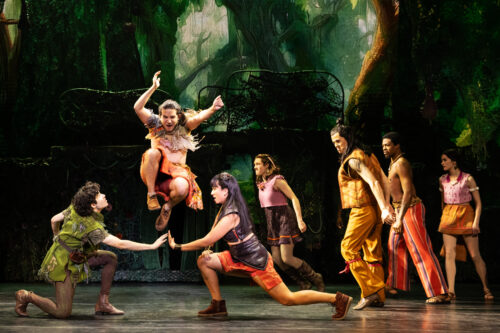
I haven’t seen this 1954 Broadway play’s original portrayal of Native Americans, but judging by the Disney animation’s version from the same decade, it probably needed serious improvement. Native American playwright Larissa FastHorse’s updated book certainly avoids racist tropes, and Tiger Lily has some additional lines explaining her people’s presence on the island as a deliberate preservation of their culture, although much detail about their original arrival or future plans isn’t provided, making the addition feel a little underdeveloped. This updated version is set in modern times, which feels unnecessary since most of the play is spent in Neverland. The modernity is also briefly heavy-handed: as the play begins Wendy is trying to record herself doing a viral dance and she mentions becoming an influencer to help pay for medical school. The babysitter watching the kids is screen-obsessed, and while the humor based on her is funny enough, these additions feel tacked-on and ultimately add nothing. Kids don’t need references to screens to empathise with children running away to fly and battle pirates. Wendy’s new ambition of becoming a surgeon changes nothing in her character and ends up only as an aspirational aside: she shows no surprise, only enthusiasm, when Peter needs her help reattaching his shadow, or using fairy dust to fly. These modern additions are only at the beginning of the show, and the rest of the play remains the charming story we’re familiar with.
The music in the show isn’t particularly memorable: imagine your typical 1950’s Broadway music and you’ve got it. But the songs are enjoyable, upbeat, fun, and allow for comic choreography. Captain Hook has multiple villain songs and the show avoids the sin of show-halting ballads. The live music is excellent under conductor Jonathan Marro. Tinker Bell is my favorite part of the music; her voice is played by a twinkling celesta (or the electronic equivalent), which allows for a surprising amount of attitude. The fairy isn’t played by any cast member, but is a tiny bright light which moves around the stage in impressively timed choreography: strung on wires, then whisked from Peter’s hands to Wendy’s, then into a box, and so on. This technical skill looks effortless.

My only complaint in the special effects is that the crocodile is slightly disappointing. A person in a suit, it only crawls around the stage slowly. Its style doesn’t match the rest of the scenery and looks unfinished and low-budget compared to the high quality of the other costumes.
Another aspect of the staging I really enjoyed is Peter’s shadow. There’s a whole bit during “I Gotta Crow” where his shadow stops doing the correct choreography and dances by itself. Children will find that cleverly done projection to be absolutely magical. The wires for flying are excellent as well: the children are all impressively plausible and graceful as they fly about the stage leaving London for Neverland. The backdrop is a screen, and for part of their flight they turn their backs to us and the screen whooshes through the city as they turn and dive accordingly.
The screen is used well almost the whole time, with realistic or stylized backdrops (depending on whether they’re in London or Neverland), and a few appearances of Peter Pan when he’s darting around the stage, confusing Captain Hook with his vocal mimickry. There is one jarring moment at the end, when for absolutely no reason the moon expands, grows a mouth, moves to the center of the screen, and agrees with what the characters are already saying in a goofy male voice before returning to the sky. This Annoying Orange moment probably intends to capture youthful meme energy, but instead it is obnoxious.
Peter Pan has historically been played by women on the stage. There are many obvious benefits to this: all the dependability and skill of an adult performer, no sudden growth-spurts or voice changes, and so forth. However, having grown up watching talented child actors in movies, seeing an adult woman pretend to be a prepubescent boy is rather off-putting, even in the unreality of live theater. This production is aware of this and cast Nolan Almeida as Peter Pan. He does a marvelous job. A senior in high school, he has a light frame and his well-designed costume makes him look extra boyish. His voice is excellent and he portrays the character with spirited and perfectly-measured petulant childishness as he gracefully flies around the stage.
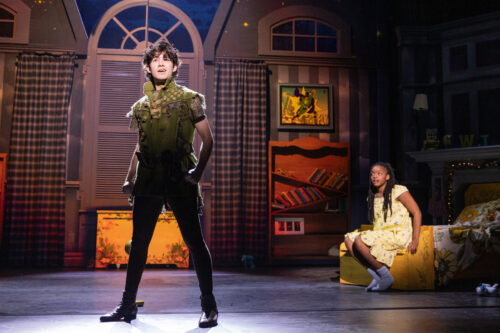
Hawa Kamara is a very sweet Wendy, and reminded me how underrated Wendy is as a character: how often do you have a kind, adventurous, responsible protagonist in such a wild story? Kurt Perry is a funny and unthreatening Smee; by the end of the show you’re convinced he joined the pirate crew entirely by accident. Cody Garcia is Mr. Darling/Captain Hook, and plays the role with proper piratical flourish and comedic drama. Wendy’s brothers and the Lost Boys are cute and charming. Everyone sings with talent and skill. The entire cast meshes well and they look like they’re having fun on stage, fulfilling the promise of Peter Pan, which is to be a delightful dramatization of childhood fantasies.
I attended the Tuesday, January 7th show, and Jackson Hall was packed, families everywhere (most of the performances were almost entirely sold out). The children especially seemed to enjoy it. When Tinker Bell was dying of poison and Peter Pan asked the audience, “Do you believe in fairies?” A little boy a row or two behind me answered “Yes.” With children on stage, a familiar story, magical special effects, and the whole show lasting less than two-and-a-half hours with an intermission, this is the perfect show to introduce children to live theater.
While their run at TPAC is over, you can find more information about the tour at Tour Dates – Peter Pan.
The MCR Interview
Pianist Susan Yang and Her Upcoming Performance with the Nashville Symphony

Music City Review Journalist Brady Hammond speaks with Susan Yang on learning, teaching and playing the piano. Her strategies for practicing and the differences between performing a concerto, in a chamber group and solo recital. In the second half of the interview they discuss her upcoming appearance with the Nashville Symphony for their Second Annual Lunar New Year concert including the history, character and style of the work she is performing, Xian Xinghai’s Yellow River Concerto.

